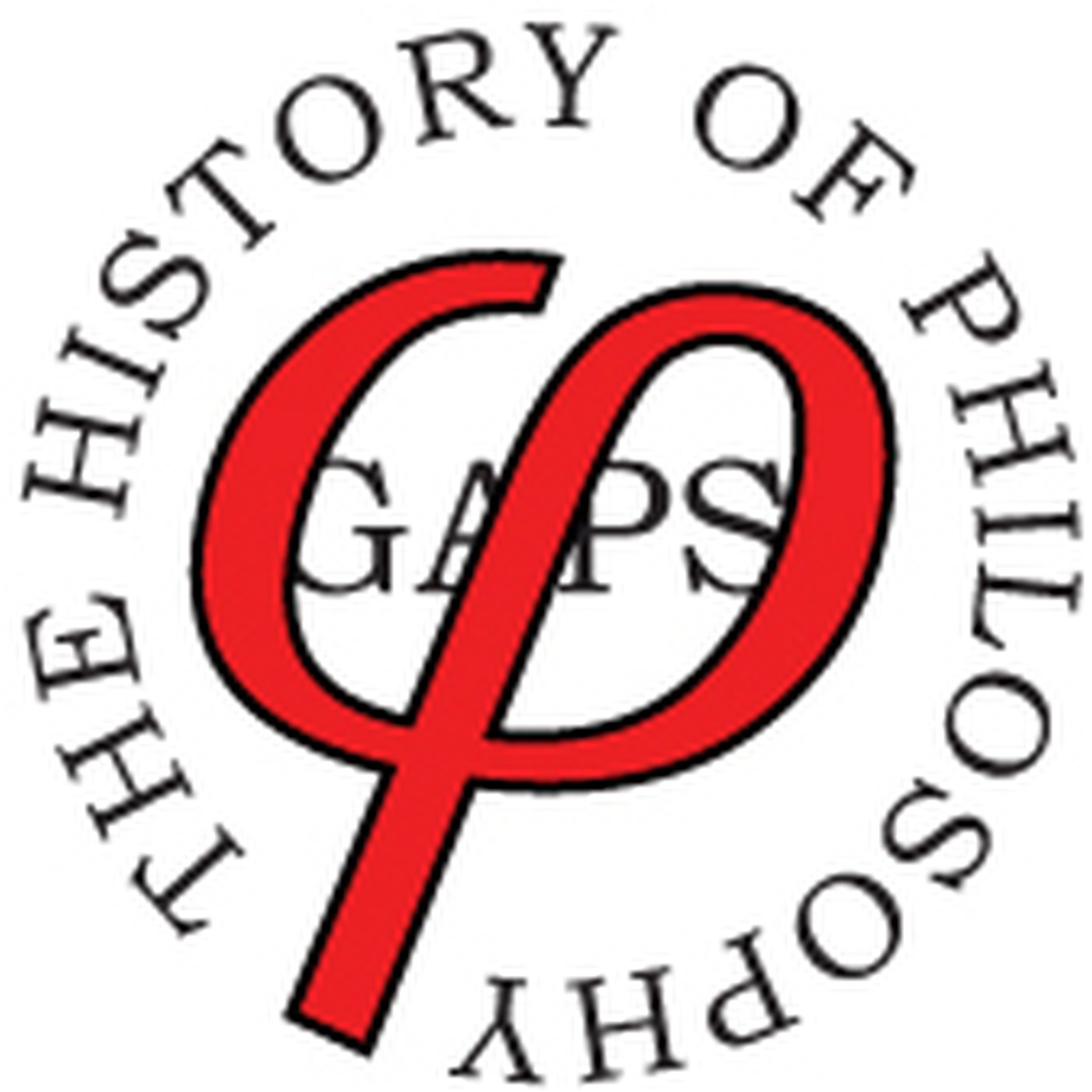
HoP 460 - Trial and Error - Galileo and the Inquisition

History of Philosophy Without Any Gaps
Deep Dive
Why did the Catholic Church oppose Galileo's heliocentric theory?
The Catholic Church opposed Galileo's heliocentrism primarily because it challenged the Church's authority in interpreting Scripture. During the Counter-Reformation, the Church sought to maintain its unchallenged authority, especially against Protestantism. Heliocentrism contradicted biblical passages, such as the miracle of the sun ceasing its motion, and threatened the Church's traditional interpretation of Scripture. Cardinal Bellarmine emphasized that without definitive proof, the Church's tradition should determine the meaning of Scripture.
What evidence did Galileo use to support heliocentrism?
Galileo used telescopic observations to support heliocentrism. He observed moons orbiting Jupiter, sunspots indicating the Sun's rotation, the phases of Venus, and the varying apparent size of Mars. These observations aligned with Copernicus' predictions and convinced Galileo that heliocentrism was a proven physical reality. He argued that these empirical findings provided 'certain demonstration' that the planets orbit the Sun.
How did Galileo respond to the argument that objects would not fall straight if the Earth moved?
Galileo argued that objects fall straight because they share the Earth's rotational motion. He used a thought experiment involving a ship moving at sea, where butterflies and fish in the hold appear to move normally despite the ship's motion. Similarly, objects on Earth are already rotating with it, so their motion continues as they fall, causing them to land directly below.
What was the significance of Galileo's 'Dialogue on the Two Chief World Systems'?
Galileo's 'Dialogue on the Two Chief World Systems' was significant because it made his support for heliocentrism evident, despite his claim to treat it as a hypothesis. The work presented a sustained case for heliocentrism, using empirical arguments and thought experiments. However, it also provoked the Church, especially when Galileo included an argument from Pope Urban VIII in the mouth of a character named Simplicio, which was seen as mocking the Pope.
Why did Galileo's trial result in a miscarriage of justice?
Galileo's trial resulted in a miscarriage of justice because the Church violated its own legal procedures to condemn him. Despite Galileo producing a written record of his agreement with Cardinal Bellarmine to treat heliocentrism as a hypothesis, other figures in the Holy Office undermined the plea bargain. The Church's actions were driven by political and ideological motives, including the need for a scapegoat during unsettled times.
What was Galileo's view on the relationship between science and Scripture?
Galileo believed that Scripture, while always true, was often difficult to interpret, especially on matters of astronomy. He argued that mathematics and physics reveal truths about the natural world, and Scripture should be understood in light of these discoveries. He criticized theologians for condemning scientific ideas without expertise, asserting that banning Copernicanism would mean banning astronomy altogether.
How did Galileo's methodology differ from Aristotelian scientific methods?
Galileo's methodology emphasized empirical observation and direct evidence, diverging from the Aristotelian reliance on authority and logical demonstration. He argued that empirical observations, such as the phases of Venus, made heliocentrism immediately evident. While he respected Aristotle's emphasis on empirical evidence, he rejected the idea of following Aristotle as an authority, asserting that truth should be determined by arguments and observations, not by tradition.
What was Galileo's error regarding the tides?
Galileo incorrectly attributed the tides to the Earth's double motion (rotation and orbit around the Sun). He used a thought experiment involving a moving tank of water to explain his theory. However, this was wrong because the oceans are carried along with the Earth's motion. The true cause of tides, the Moon's gravitational force, was proposed by others like Kepler and later explained by Newton's theory of gravity.
- The condemnation of Galileo is viewed in the context of the history of science and the suppression of new scientific ideas.
- The Church's actions are examined within the context of the Counter-Reformation and the need to maintain its authority.
- Copernicus's theory faced technical objections and lacked widespread acceptance.
Shownotes Transcript
The philosophical issues at the heart of the notorious condemnation of Galileo and Copernican astronomy.